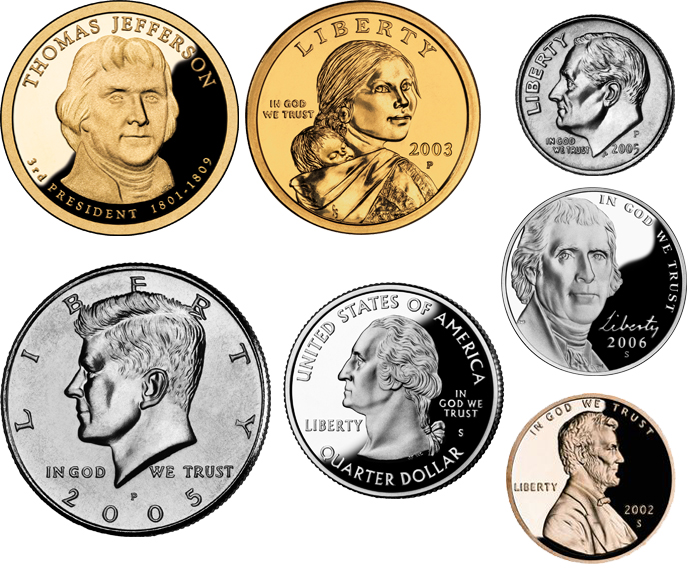Difference between revisions of "CSC111 Lab 3 2015"
(→The input() Function) |
(→Submission) |
||
| Line 138: | Line 138: | ||
<br /> | <br /> | ||
| − | |||
| − | |||
| − | |||
| − | |||
| − | |||
| − | |||
| − | |||
| − | |||
| − | |||
| − | |||
| − | |||
| − | |||
| − | |||
| − | |||
| − | |||
| − | |||
| − | |||
| − | |||
| − | |||
| − | |||
| − | |||
| − | |||
| − | |||
| − | |||
| − | |||
| − | |||
| − | |||
| − | |||
| − | |||
| − | |||
| − | |||
| − | |||
| − | |||
| − | |||
Revision as of 22:16, 9 February 2015
--D. Thiebaut (talk) 21:22, 9 February 2015 (EST)
Contents
Teller Machine Program
This section will get you to write a program similar (though not necessarily the same) to the program we wrote in class on Monday. The program takes an integer (without a decimal part) amount of dollars and figures out how to break it down into the least number of 20-, 10-, 5-, and 1-bills.
Reviewing the Division Operators, // and %
Use the Python shell, and try to predict the result of the following operations.
>>> 21 // 5 >>> 21 % 5 >>> 9 // 2 >>> 9 % 2 >>> 13 // 3 >>> 13 % 3 >>> 139 // 20 >>> 139 % 20
Beginning Program
- Write a program that contains
- a short header with the program name (lab3.py, for example),
- your name,
- the date, and
- A short description of the program.
- Create 3 different comment lines that will create an outline of your program.
# lab3.py # yourName # date # blah blah blah blah blah blah... # # get the initial amount # compute number of bills # output number of bills to give out
- Save and Run the program, just to make sure you do not have a syntax error.
Define original amount
- Under the #get the initial amount comment, create a variable called amount and initialize it with a value of your choice. Pick a value that is not a multiple of 5.
- Add a print() statement under the #output number of bills comment, and make it print the amount the user wants to withdraw.
- Verify that your program works.
Compute the number of $20s to give out
- Using the right operator (//, /, or %), make your program compute the number of $20 and store that value in a new variable, called no20s. Add this code under the # compute number of bills.
- Make your program output the no20s variable in the output section.
- Verify that your program works.
Computing the Left-Over Amount
- Go back to the computation of the number of $20s, and compute the amount of money left over once the $20s are taken out of the amount. You have several ways of doing this. You can do it using the % modulo operator, or using multiplication and subtraction. Whichever method you use is fine for today.
- Make your program output the left-over amount, just to make sure that value is computed correctly.
- Verify that your program works fine.
Computing the Remaining Quantities
- Now that you have the structure for your program, add enough Python code to make your code display
- The total amount
- The number of $20-bills
- The number of $10-bills
- The number of $5-bills
- The number of $1-bills
- Verify that your program works. Below is a typical output you should try to emulate:
Amount to withdraw = 97 Please lift keyboard and find: 4 $20-bill(s) 1 $10-bill(s) 1 $5-bill(s) 2 $1-bill(s)
Flexibility and Adaptability
Imagine that your program will be used in an area where the bills do not come in 20, 10, 5 or 1 denominations, but in 100, 50, 10, and 1.
Figure out a way to make the least amount of change to your program so that it now outputs the correct break down for any amount, but in $100-, $50-, $10- and $1-bills.
Make sure your program works! Below is the output of the program if the amount is set to $97:
Amount to withdraw = $ 97 Please lift keyboard and find: 0 $ 100 bill(s) 1 $ 50 bill(s) 4 $ 10 bill(s) 7 $ 1 bill(s)
Challenge #1: A Change Machine |
- Using a similar approach, write a program that, given some number of pennies, will output the correct number of quarters, dimes, nickels, and pennies. You should initialize the amount of pennies with an integer, like this:
pennies = 84
- Here is an example of what your program should output for 84 pennies:
Amount to withdraw = 84 penny or pennies Please lift keyboard and find: 3 quarter(s) 0 dime(s) 1 nickel(s) 4 cent(s)


